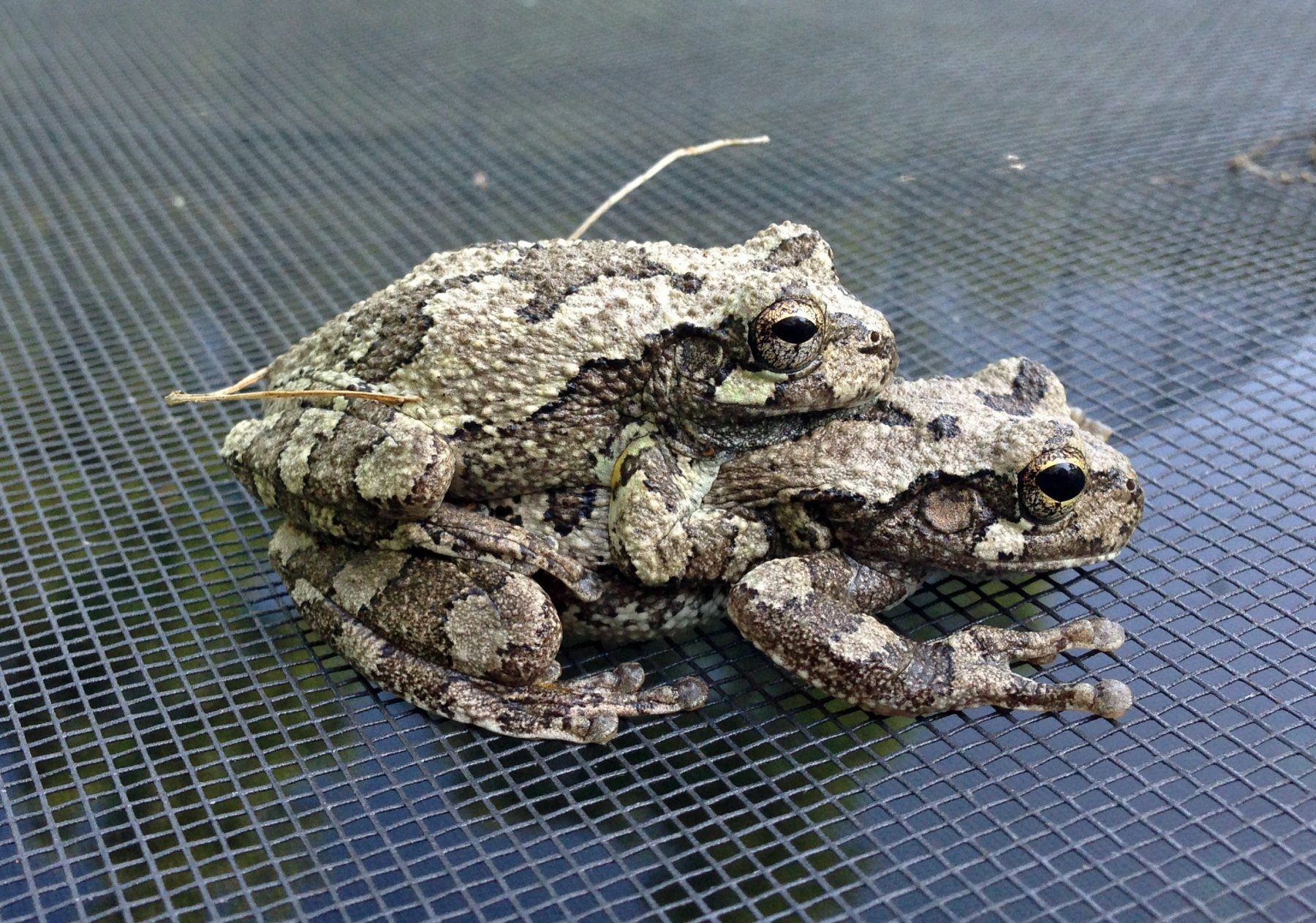Underwater views of Antarctic jellies are 'a magic portal to another world'
"The short film 'Life Beneath the Ice' features delicate, illuminated marine creatures.
The gelatinous, transparent bodies of bizarre jellylike sea creatures — illuminated by the twinkling of an internal light, & some with a recent meal still visible in their bellies — tumble & drift in hypnotic footage that was captured below the Antarctic ice.
Edited into a 'trippy video composition,' as filmmaker & scientist Emiliano Cimoli described the film in a statement, the footage presents close-up views of jellyfish, comb jellies, & other soft-bodied, see-through ocean life in the Ross Sea, a deep body of water in the Southern Ocean at McMurdo Sound.
The exceptional detail in the video enabled researchers to spot a dozen species of gelatinous animals, of which 2 species of jellyfish & 3 comb jelly species are as yet unknown to science, according to a new study.
Cimoli, co-author of the study & a postgraduate researcher at the University of Tasmania in Hobart, Australia, shot the footage when he visited Antarctica to conduct research in 2018 & 2019. But he wasn't there to study jellyfish or comb jellies; rather, he was testing sensing equipment to monitor algae that live under sea ice, Cimoli wrote in a video description on YouTube.
'Ice algae play a crucial role in polar marine food webs & ecosystems,' Cimoli said. 'The research theme of the expeditions was to investigate their abundance & physiology under changing light conditions,' such as those caused by climate change...
Inside the researchers' field tent, there was a sizable viewing hole cut into the sea ice. Cimoli, an amateur wildlife videographer & photographer, saw this as an opportunity to send cameras under the ice — some tethered to the surface, & some attached to diving robots — to seek out elusive marine life that's often difficult to observe in its natural habitat.
This opened a window into a rarely-glimpsed ocean ecosystem, 'kind of like a magic portal to another world,' Cimoli said in the statement.
In some of the footage, surface ice is visible overhead. Other clips show the sea bottom sprinkled liberally with pink starfish. But the most dramatic scenes are the ones in which jellies drift & undulate through inky water. In an astonishing shot, a Diplulmaris antarctica jellyfish's body gently pulses & ripples; a number of small orange globes — small parasitic crustaceans called hyperiid amphipods — cluster around its bell. And engulfed inside the jellyfish is a recent meal: a comb jelly in the Beroe genus.
Cimoli edited the video during COVID-19 lockdown, & he posted it on YouTube & Vimeo in March 2020. Gerlien Verhaegen, a postdoctoral researcher at the Japan Agency for Marine-Earth Science & Technology (JAMSTEC) in Kanagawa, Japan, & lead author of the study, recognized that the footage was a gold mine for biologists studying jellies. Delicate structures in jellyfishes' & comb jellies' squishy bodies are very hard to preserve when the animal is removed from the water, so the study authors identified species in the video by comparing them to naturalists' illustrations & descriptions, many of which date to the early 20th century, Verhaegen said in the statement.
'Our study constitutes the first optics-based survey of gelatinous zooplankton in the Ross Sea,' the study authors reported. This is also the first study to use observations of living jellies in their Southern Ocean habitats to describe species & document some of the behaviors in jellyfish & comb jellies.
'When curiosity is triggered, it engages one to get deeply involved & become knowledgeable about something,' Cimoli said."
youtube.com/watch?v=fZy5QiG5haY&t=23s
Mindy Weisberger
livescience.com
Cute Critter Pics:











































